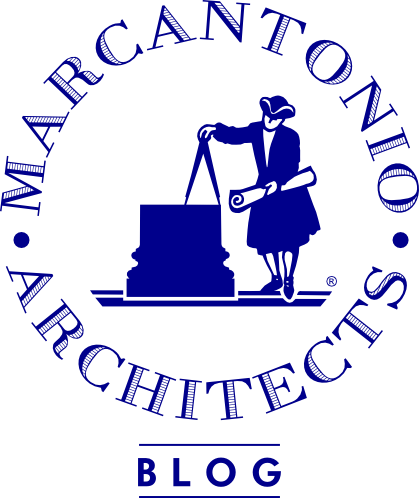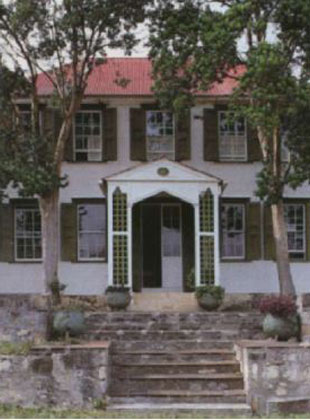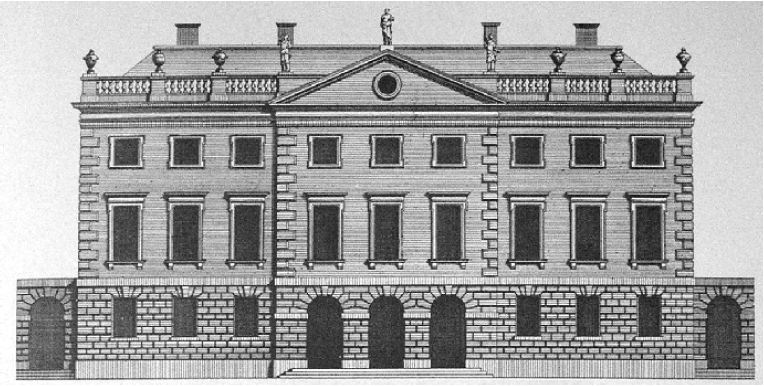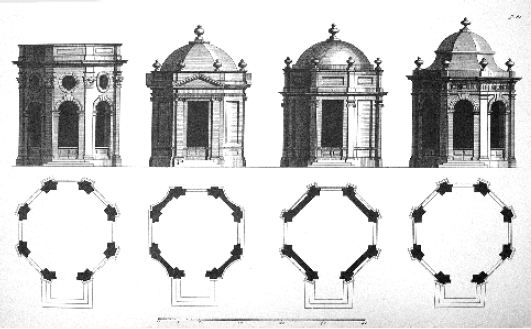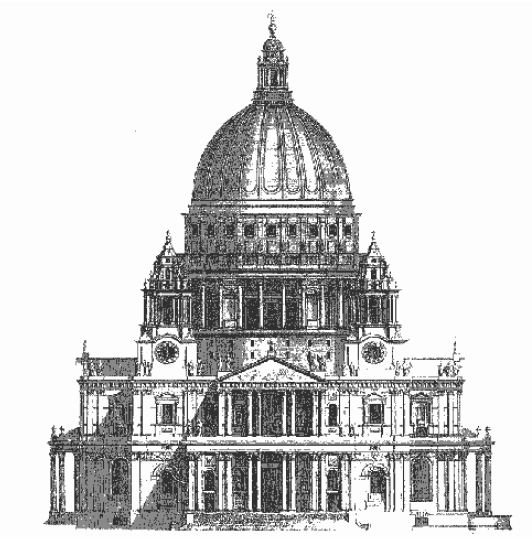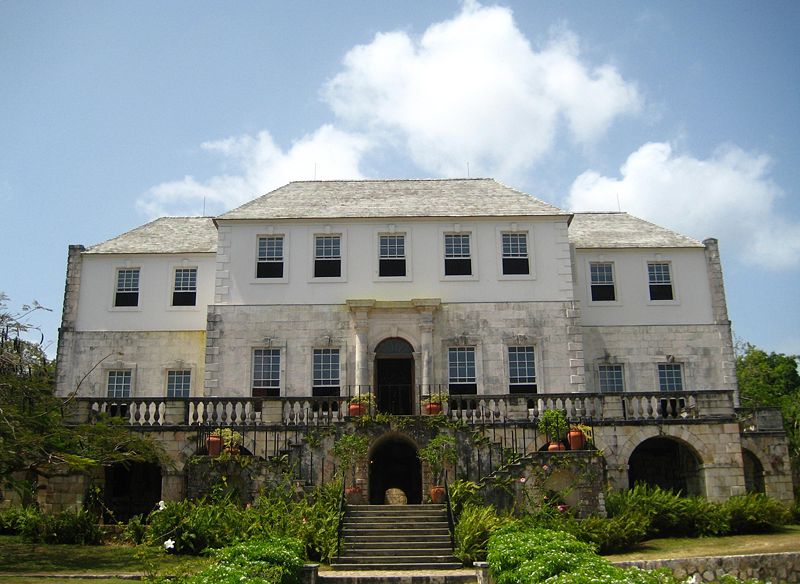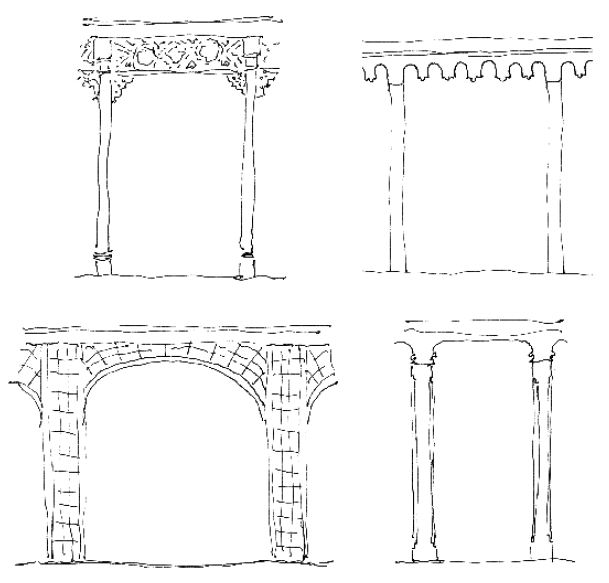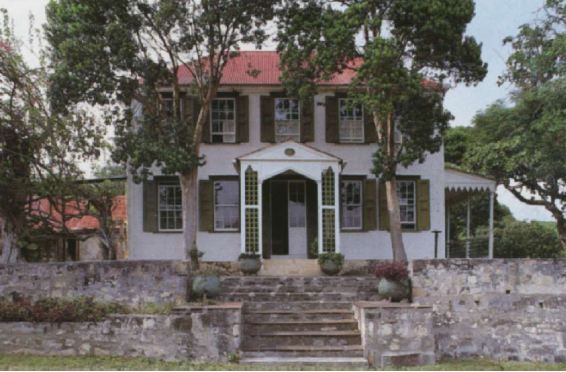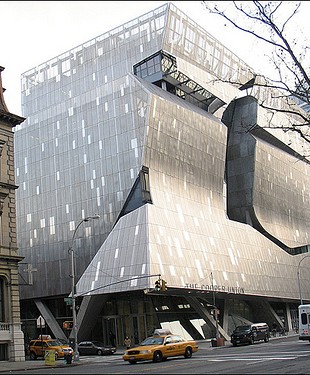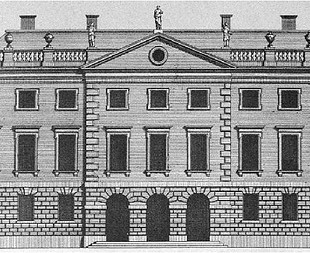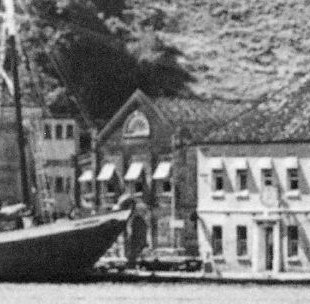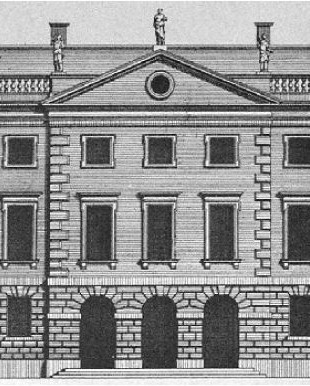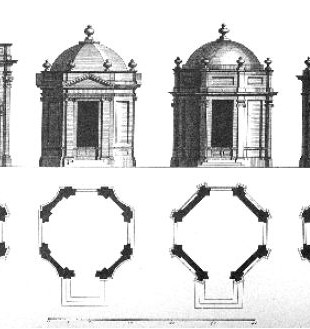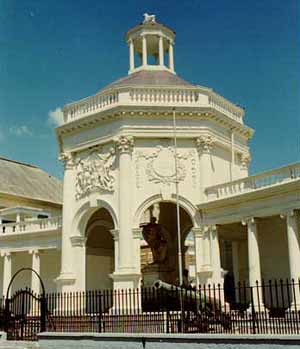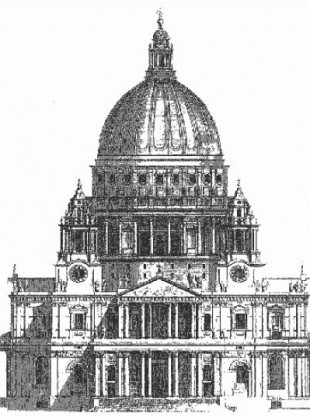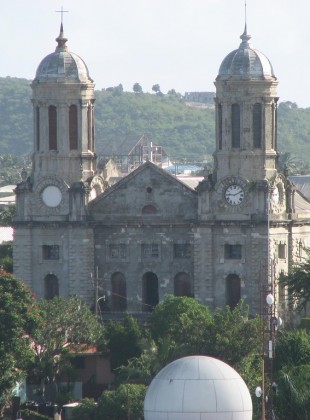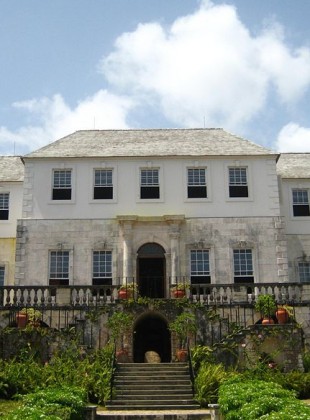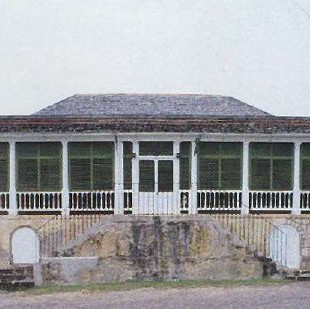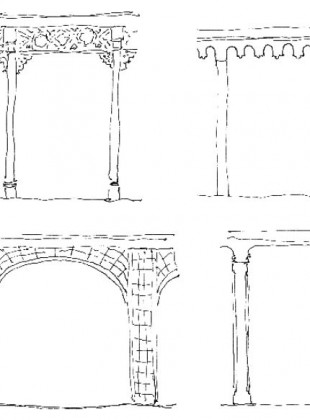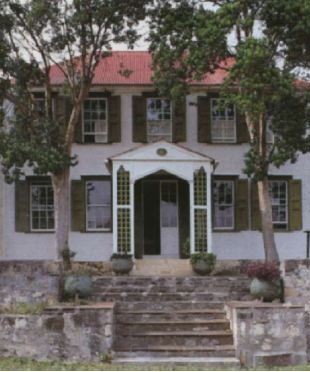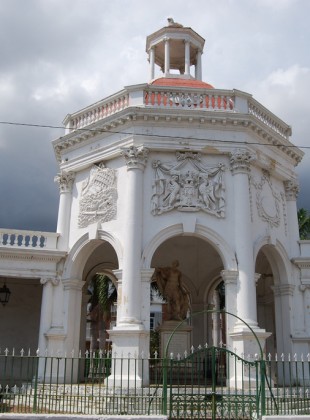Architectural styles are like languages. If you want to be understood, you have to speak using the language of the people. If I am to give a lecture to a German audience, I would be a fool to speak in Chinese. And it would add insult to injury to grunt unintelligibly. This, in brief, is the significance of designing buildings with the architectural context in mind.
Unfortunately, there is a lot of misinformation regarding working with context out there, and it comes chiefly from modernist architects on the marketing prowl. Tuesday, I had the dubious pleasure of hearing architects Thom Mayne and Bernard Tschumi present their work and engage in a panel discussion with Boston Globe critic Robert Campbell. The event was sponsored by the New York Landmarks Preservation Foundation whose stated goal, among others, is the education of the public. To that end, Thom Mayne instructed the audience that it is “obscene” to build in historical styles, and that his new academic building at the Cooper Union, pictured below, is “radically contextual.”
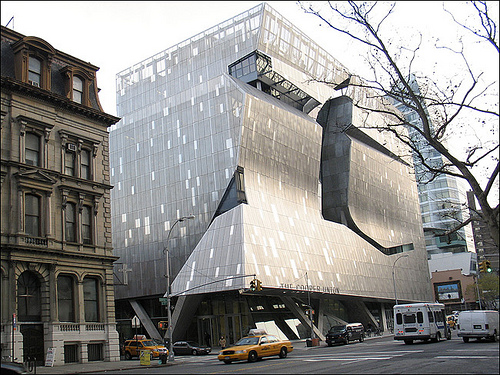
The new Cooper Union building, by architect Thom Mayne. Is that a distortion
in the photo, or is the building to the left shrinking back?
(Image source)
Mayne gets the Brass Ones award for not blinking when he said that. Not only is this building not contextual, as if it were merely speaking a foreign language–a Chinese pagoda would be non-contextual–it is an obnoxious belch in the middle of a minuet. Such is the state of the preservation movement today, that it actively promotes the destruction of neighborhoods. It is a far cry from the preservation movement of yore, born to prevent scandals like the demolition of Penn Station from being repeated.
Mayne argued (by that I mean he asserted baldly) that to “mimic” historical styles is to dwell on extremely superficial matters, that there are deeper issues at stake. He seemed to say (clarity was not part of the show) that movement through the building, and the proper balance of public and private spaces were the real heart of the matter, and that he was handling them with brilliance and originality.
Mayne is wrong on both counts. First, the deepest issues Mayne’s building is addressing are right there on the facade. The architectural language, or rather the attempted denial of language, is the very embodiment of nihilism, and he uses it to redefine the most important room he’s got a hand in designing: the street. Second, inside the building, there is nothing original about Mayne’s treatment of public and private. The plan would be quite standard if the sophomoric odd angles would simply be straightened out.
In order to help dispel this idea that building in a historical style is trivial, I thought we might engage in a case study. Let’s have a look at the Anglo-caribbean tradition so that we can see how the architectural language of a place comes to be.
England began colonizing the Caribbean in the 17th century after it had achieved naval dominance over Spain, two centuries after the latter had started colonization. This simple fact alone explains a great deal regarding the difference between English colonial and Spanish colonial work. For in that interval the Renaissance happened. There are touches of the late medieval world in the Spanish vocabulary as a result which one does not find in the English.
In the early 18th century, once a relative peace had been established and the sugar industry brought sufficient wealth, England began building lasting buildings—buildings which could survive the tempestuous climate long enough to define the character of the tradition in the Anglo-Caribbean. At that time, the so-called Georgian style was the norm in the English world. Its principles were distilled in a few recently published handbooks: Vitruvius Britannicus by Colen Campbell and William Kent, published in 1715; Palladio’s Four Books (Leoni Edition) published in 1716; A Book of Architecture, 1728, and Rules for Drawing the Several Parts of Architecture, 1738, both by James Gibbs; and Sir William Chambers’ Treatise on the Decorative Part of Civil Architecture, published in 1759.
A few comparisons highlight just how closely the builders in the Caribbean followed the models provided in those texts. Compare Fig. 1, taken from Gibbs’ Book of Architecture, Plate 42, to Fig. 2, which shows the south-western waterfront, at St. George’s, Grenada.
Fig. 3 is again taken from Gibbs (Plate 82), and Fig. 4 shows a closely related George Rodney Memorial in Spanish Town, Jamaica.
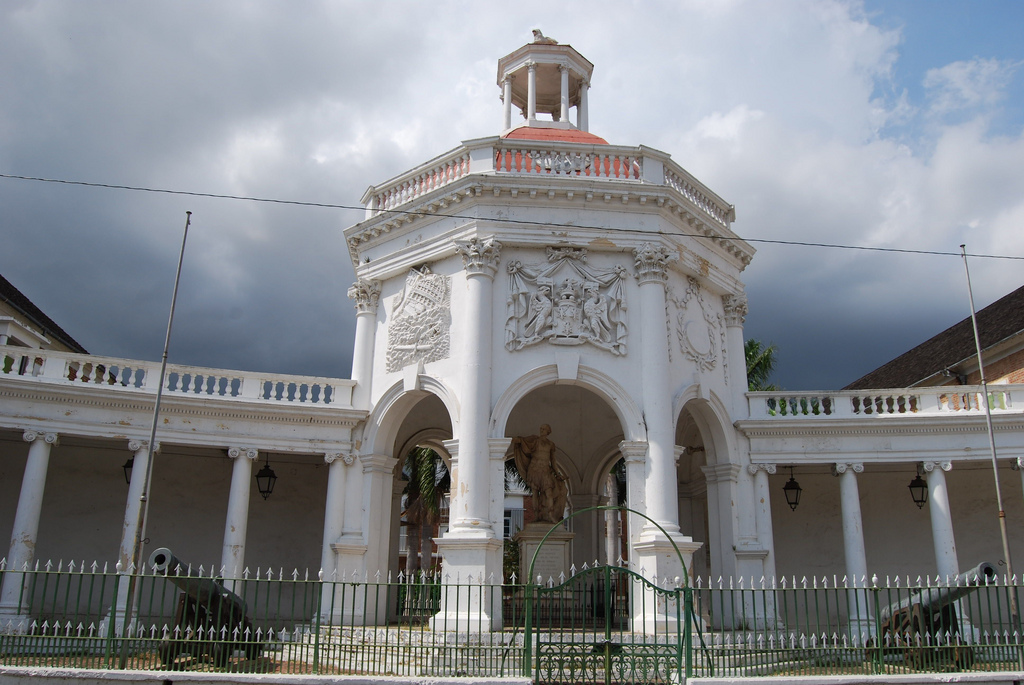
Fig. 4: The George Rodney Memorial in Spanish Town, Jamaica.
(Image Source)
Finally, Fig. 5 shows the facade of St. Paul’s Cathedral in London as depicted in Vitruvius Britannicus, clearly the model for the more budget-conscious (i.e., no dome and no columns) Anglican Cathedral in St. John’s Antigua (Fig. 6).
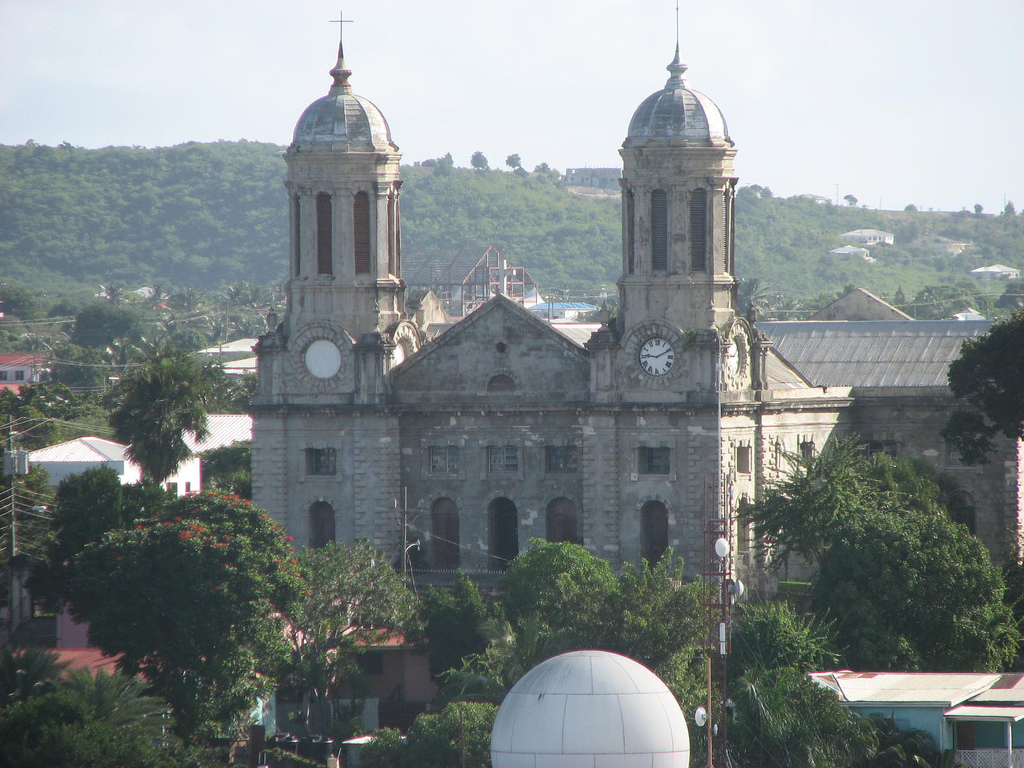
Fig. 6: Anglican Cathedral, St. John’s, Antigua.
(Image Source)
The designs proffered in those texts and executed in the Anglo-Caribbean are generally quite straightforward in terms of plan, elevation, massing, and decoration. They are always massed simply and symmetrically, aiming for a unified whole. Entry is on center, and for facades of five bays or more the center portion projects forward and is often crowned with a pediment. Long façades are usually divided into five parts: a strong center piece flanked by recessive hyphens which join to two punctuating end pavilions. For buildings of high status the plans can be entirely symmetrical, while lower status buildings are designed to be more practical and use local symmetries to maintain a sense of order.
The plan geometries of rooms are usually simple. The principal decoration is provided by the orders. They are grand in scale and more elaborately detailed on high status buildings, while on low status buildings they are smaller in scale and more simply detailed. Often they are present only by implication, i.e., a simple cornice at the top of the wall. Quoining at the corners is also a common motif.
In the Caribbean, the orders never reached the degree of articulation reached in England as illustrated by Gibbs and Campbell, etc. One does not find ovolos detailed with egg and dart motifs, or cyma rectas elaborated with acanthus leaves, for example. Sculpture is rare (the George Rodney Memorial is one of the few examples in the Anglo-Caribbean with a significant iconographic program), and painting even more so. So compared to English architecture, the architecture of the West Indies is relatively humble. Rose Hall (Fig. 7) is an excellent example of Georgian principles applied to a relatively ambitious plantation house of stone and stucco.
The comparison illustrations also begin to show how the tradition was adapted to the local climate. Due to earthquakes and hurricanes there is now a preference for low buildings; dormers are limited; domes, balustraded parapets, and cupolas are rare; and church towers are generally lower and lacking spires. Wood was a plentiful building material in the New World, so in residential construction where it was typically used the columnar orders are attenuated to suit, heightening the sense of airiness. (Generally, two column diameters are added to the canonical height of columns. Baluster columns are much more attenuated—about 20 diameters high.) Fireplaces are removed, kitchens are placed in separate buildings, and deep porches are added to typical Georgian plans.
Many of these adaptations to the tropical climate are exemplified by Clarence House (now Government House) in Antigua (Fig. 8). Note the building’s low profile and masonry base to stabilize against earthquakes and hurricanes. Shutters shade the porch completely, yet allow air to circulate. Louvered partitions are also used inside, in place of walls.
The English settlers also imported their own vernacular building traditions. A few diagrams of vernacular structural motifs are shown in Fig. 10. These motifs are bound more by the demands of local custom than are the orders, and hence are suited to the lower status buildings where they are found.
The Weatherhills Estate is a fine example of a vernacular plantation house (Fig. 11). Decorative “gingerbread” trim became a popular motif in the 19th century after the invention of the band saw which made the cutting of elaborate shapes economical.
With the decline of the sugar economy in the mid 19th century, serious architectural production effectively ceased, and much of Antigua’s patrimony was abandoned and ruined. It was not until a century later that Antigua managed to restructure its economy around tourism, promoting the restoration of its architectural heritage as well as the construction of new buildings. Unfortunately, much of that new construction does not contribute significantly to the architectural tradition of the British West Indies.
Nevertheless, there are good reasons to hope that, in the Anglo-caribbean and in the West at large, we will see the sunset of the nihilists, and our precious cultural and economic resources directed prudently toward projects which speak the languages, idioms, and vernaculars we understand, love, and preserve.
